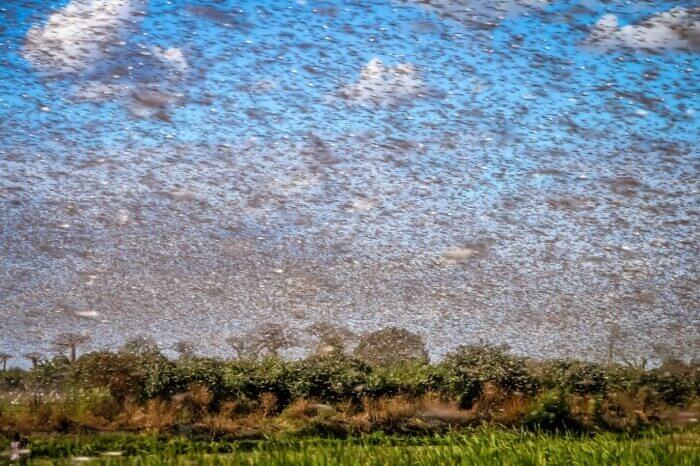
Only hours ago, the Food and Agricultural Organization warned of a fresh attack by a swarm of locusts arriving from Africa along the Indo-Pakistan border. This continuous insurgence of plant epidemics & pest outbreaks is a part of the worst ever biotic stress the sub-continent has experienced in the last 27 years. With 75% human diet dependency on plants, widespread plant epidemics are just a precursor to loss of millions of human lives to hunger. If the current pandemic affecting humans can spur state machineries into immediate action, why haven’t plant epidemics garnered the attention they deserve? Isn’t it high time to invest in detecting them early before another catastrophe hits us?
Threat of Crop Epidemics & Pest Attacks
The global outbreak of locust attacks this year has re-ignited conversations on the rising threat of biotic stresses on food security. Annually, an estimated 40% of the crop production is lost to plant epidemics (such as wheat rust, banana & cassava diseases) & pest attacks (such as locusts & fall armyworm). As per a recently released paper by FAO, climate change, globalization, trade & intensive agriculture have substantially increased the vulnerability of food systems to such biotic stresses.
The repercussions of such a situation are manifold. Recently the United Nations announced that 132 million people around the globe are expected to go hungry this year on account of the economic recession triggered by the Coronavirus pandemic. In this scenario, the threat of biotic stresses to food production deserves attention. Not to forget that in emerging economies such as India & Africa, any crop damage primarily pushes the majority small & marginal farmers into the clutches of poverty & hunger.
So is there a way to anticipate, plan & protect such plant systems from biotic stresses?
GovTech may have an answer.
Monitoring & Early Warning Systems
GovTech can prove to be a great enabler for early detection of diseases & pests and timely actionable advice critical for safeguarding plants. One such story that we have witnessed closely is the design & implementation of the Wheat Rust Monitoring & Early Warning System in Ethiopia. The use of intuitive, simple to use mobile applications by farmers, agriculture extension workers, NGOs and researchers have enabled:
1. Digitization of important farm parameters such as geo-location co-ordinates, cropping pattern & type, time of plantation, and application of inputs such as fertilizers & irrigation.
2. Capture photographs depicting the type & severity of fungal disease that has affected the plant or the stage of pest larvae on breeding grounds. Currently, the analysis is mostly done manually by agricultural scientists. Leveraging machine learning algorithms on a broad set of photographs, this analysis can also be system-generated.
3. Codification of samples collected from farms & sent to labs. This helps to trace the origin of any new strains of diseases found in samples to the farms they came from.
This digitized survey data also forms the backbone of global forecasting models for wheat rust managed by International Maize and Wheat Improvement Centre (CIMMYT). This international organization combines this survey input with meteorological models (on wind speed, temperature & humidity) developed by UK Metrology & University of Cambridge to analyse & predict the timing & areas of next outbreak. The Ministry of Agriculture in Ethiopia issues official advisories based on the insights provided by the model. Via the communication platform in the Early Warning System, Ethiopia has also been swift to reach out to local administrators & farmers and advise them on using pesticide usage in very early stages. Opportunity to integrate these advisories with drones for efficient pesticide application are also being explored.
Need for Replicating Successful Models
Quite similar to epidemics affecting humans (such as the novel Coronavirus), infections & pests affecting crops also spread like wildfire. Often termed as the “polio of agriculture”, the airborne wheat rust has aggressively spread from Africa to Middle East and is now about to severely affect Europe & Asia. Many mutations of the infection have also sprung up in different regions and developing resistant varieties is expected to take significant time. Hence, investing in Early Warning Systems is the most feasible & effective option to arrest epidemic spread. This system may have been pioneered by Ethiopia but its replication globally could save 1 billion people directly dependent on wheat for food & livelihood.
In fact, the framework of early warning systems — mobile based surveillance, forecasting models & communication platforms — is similar across all types of diseases & pests afflicting life on the planet globally — including the locust outbreak. Amidst millions going hungry, a locust swarm spread over an area of one square kilometre nearly eats the same amount of food as 35,000 people every day. The problem is as real as it gets and needs to be nipped in the bud early.
Governments worldwide need to actively scout for such best practices and invest significantly to replicate similar systems. Data from such systems feeding into global forecasting models shall further strengthen their robustness and accuracy of predictions.
The time to prioritize early warning systems is now.
Who knows how many hunger shall kill before the Coronavirus does?
The author is Priyadarshi Pany, founder & CEO of CSM Technologies. This article was originally published on his Medium profile.
















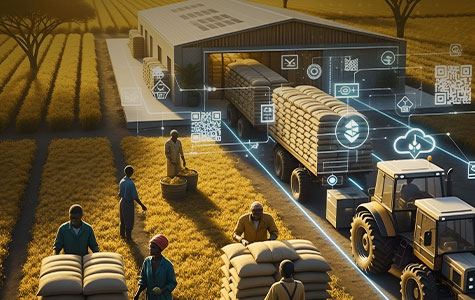





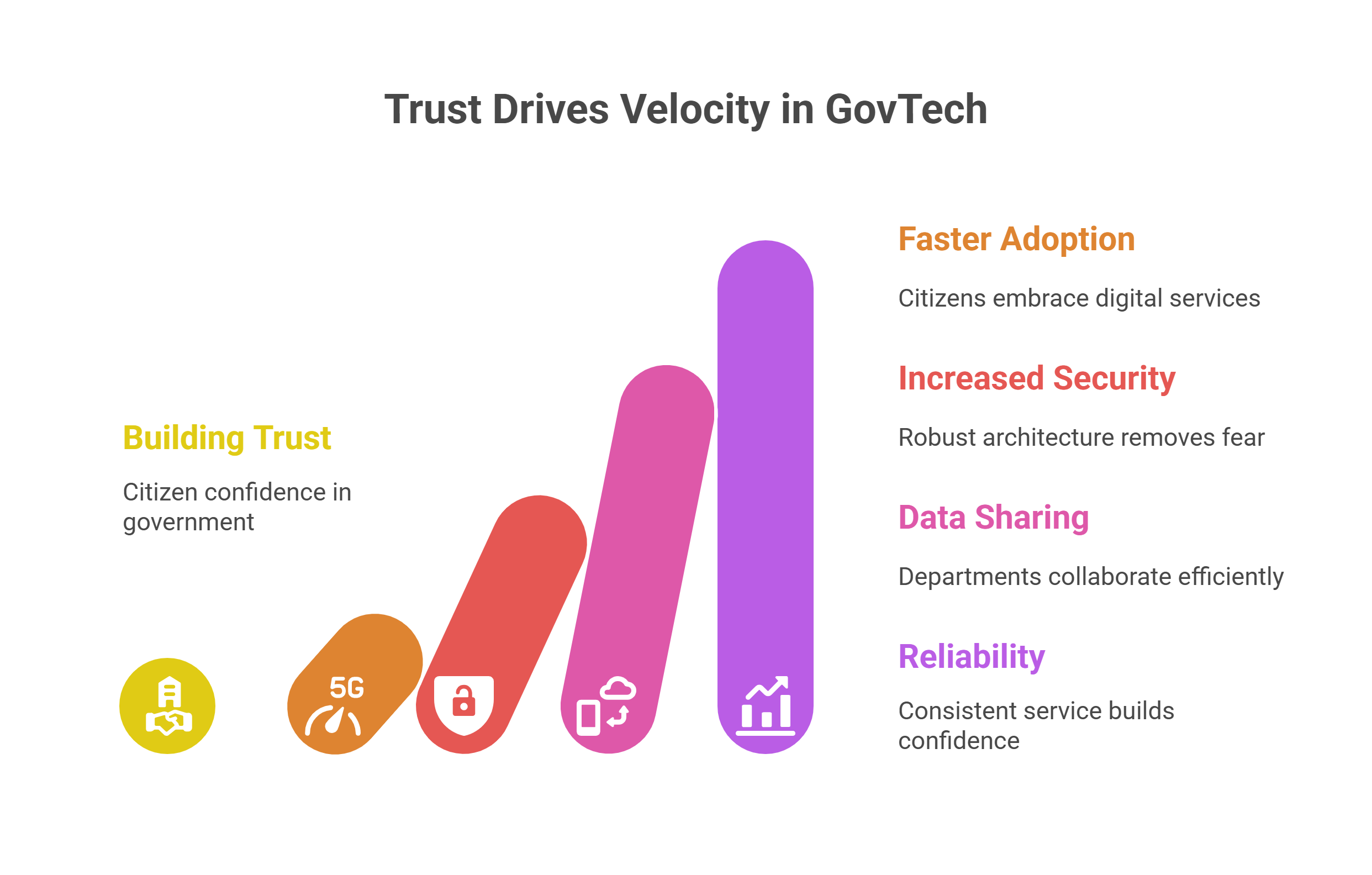
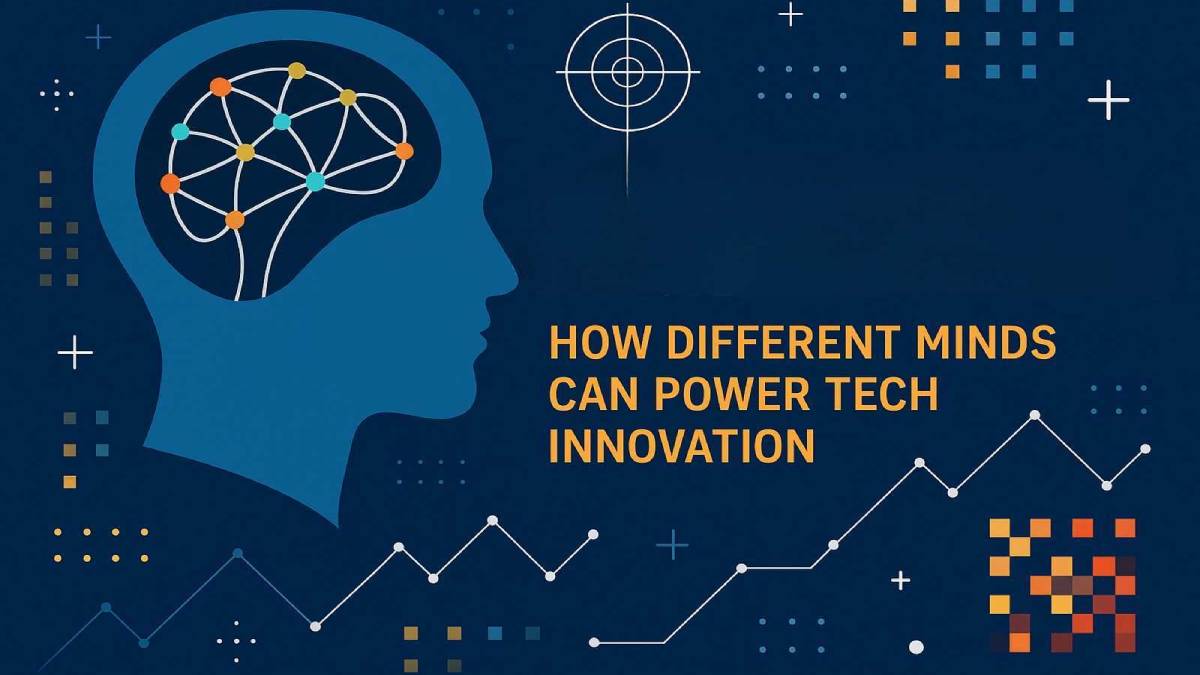
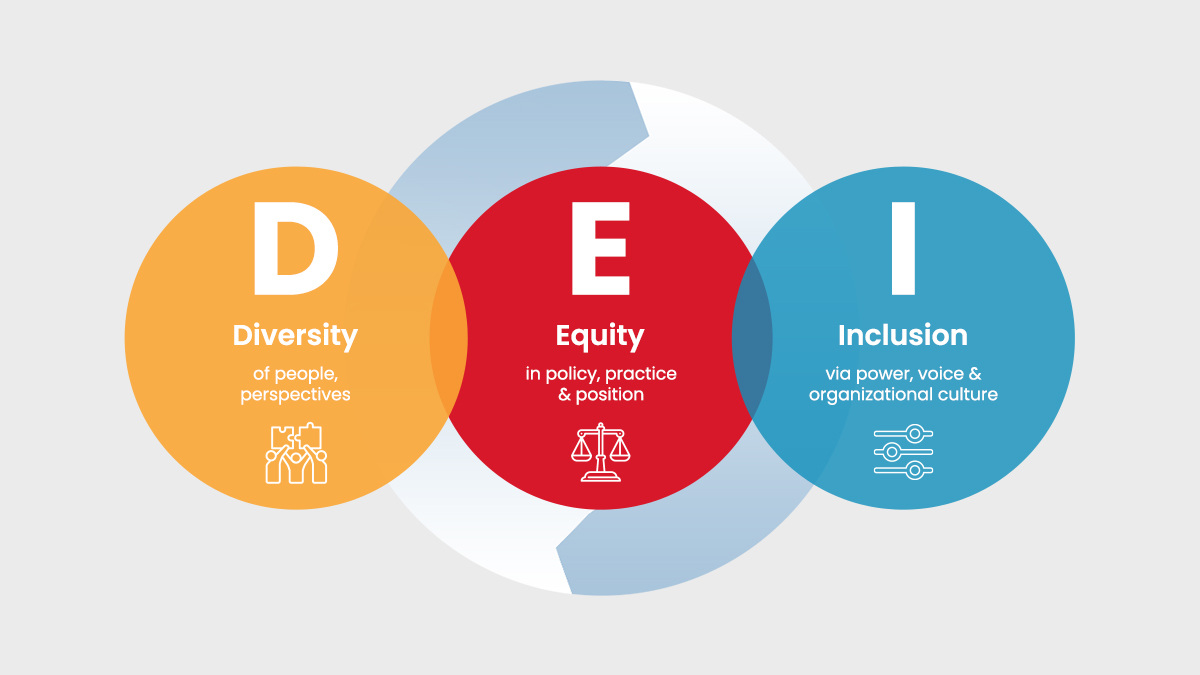




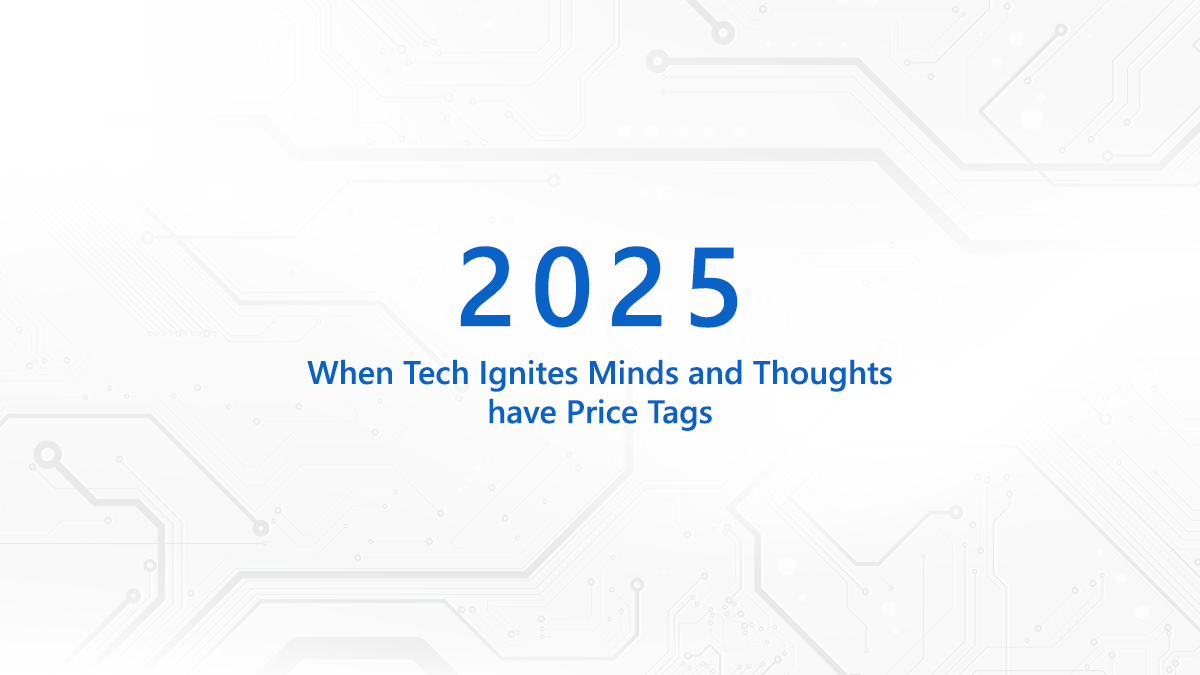












We will verify and publish your comment soon.